Products
-
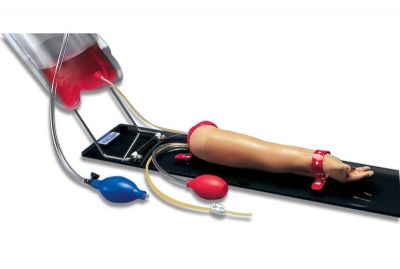 1-Year-Old Patient Injection Training Arm (S406)S406.PKLearn MoreThe 1-Year-Old Patient Injection Training Arm simulates the arm of a one-year-old for neonatal IV training. The lifelike veins support multiple needle sticks to ensure participants can hone skills in pediatric IV administration, phlebotomy, and drug administration.
1-Year-Old Patient Injection Training Arm (S406)S406.PKLearn MoreThe 1-Year-Old Patient Injection Training Arm simulates the arm of a one-year-old for neonatal IV training. The lifelike veins support multiple needle sticks to ensure participants can hone skills in pediatric IV administration, phlebotomy, and drug administration. -
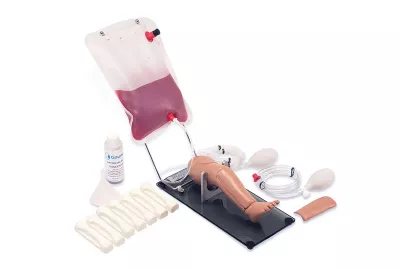 Newborn Intraosseous Infusion and Injection Leg Skills Trainer S409S409.PKLearn More
Newborn Intraosseous Infusion and Injection Leg Skills Trainer S409S409.PKLearn MoreThe Susie Simon® Newborn Intraosseous Infusion and Injection Leg Skills Trainer simulates that of a newborn for IV training exercises. A replaceable tibial bone lies under a smooth outer skin. It includes anatomic landmarks for teaching intraosseous access and infusion. A femoral vein/artery pair and an intramuscular injection site are included.
-
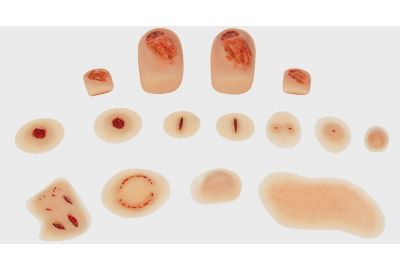 Pediatric Incident Wound Kit (WK125)WK125Learn More
Pediatric Incident Wound Kit (WK125)WK125Learn MoreThe Pediatric Incident Wound Kit simulates the most common injury types seen in pediatrics, including abrasion, incision, rash, bite, sting, and others. The Pediatric Incident Wound Kit can be used with many Gaumard® pediatric simulators to add realism to pediatric scenarios. Participants can practice and hone proper wound care and management skills to ensure effective patient care.
-
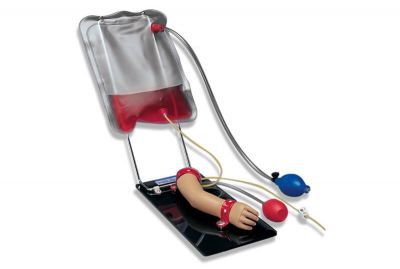 Newborn Injection Training Arm S408S408.PKLearn MoreThe Newborn Injection Training Arm simulates the arm of a newborn for IV skills training. The lifelike veins support multiple needle sticks to ensure participants can hone skills in newborn IV administration, phlebotomy, and drug administration.
Newborn Injection Training Arm S408S408.PKLearn MoreThe Newborn Injection Training Arm simulates the arm of a newborn for IV skills training. The lifelike veins support multiple needle sticks to ensure participants can hone skills in newborn IV administration, phlebotomy, and drug administration. -
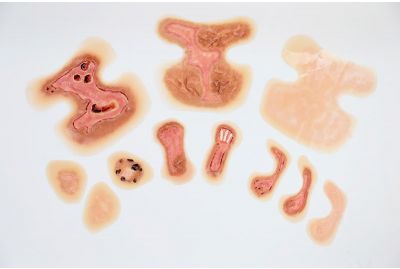 Pediatric Burn Wound Kit (WK130)WK130Learn More
Pediatric Burn Wound Kit (WK130)WK130Learn MoreThe Pediatric Burn Wound Kit simulates 1st, 2nd, and 3rd degree burns to the face, hand, and chest. The Pediatric Burn Wound Kit can be used with many Gaumard® pediatric simulators to add realism to pediatric emergency scenarios. Students can assess the burns to prepare a treatment plan while instructors evaluate the performance of pediatric wound care and burn management.
-
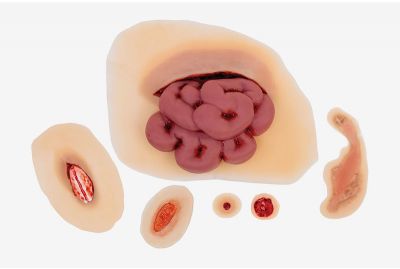 Disaster & Vehicular Trauma Wound Kits (WK170 & WK175)WK170 & WK175Learn More
Disaster & Vehicular Trauma Wound Kits (WK170 & WK175)WK170 & WK175Learn MoreThe Disaster & Vehicular Trauma Wound Kits can simulate various traumatic injuries commonly seen in emergencies, including burns, fractures, lacerations, and gunshot wounds. These wounds can be used with many Gaumard® trauma simulators to add realism to emergency care training programs. Participants can assess the severity of the wounds, formulate a treatment plan, and work hands-on to practice treating severe injuries.
-
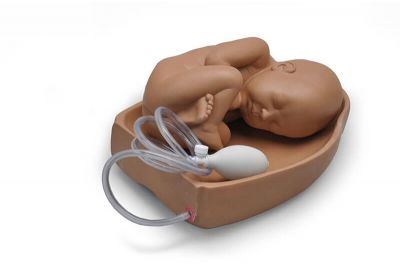 Leopold's Maneuvers and Palpation Abdomen for Obstetric SUSIE® S500 (S500.3)S500.3Learn More
Leopold's Maneuvers and Palpation Abdomen for Obstetric SUSIE® S500 (S500.3)S500.3Learn MoreThe Leopold's Maneuvers and Palpation Abdomen for Obstetric SUSIE® is a one-piece fetal baby with palpable fontanelles, spine, shoulders, elbows, and knees useful for labor and delivery skills training. The fetal baby may be used with Gaumard's Obstetric Susie® S500 simulator in normal, breech, or transverse position. Elevation cushions lift the fetal baby so participants can go hands-on and practice Leopold maneuvers and external version exercises.
-
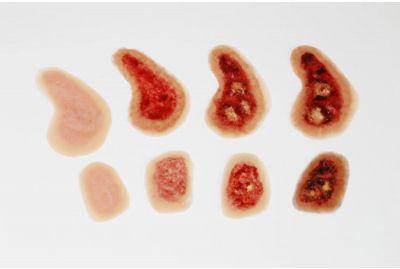 Newborn Burn Kit Wound Kit (WK155)WK155Learn More
Newborn Burn Kit Wound Kit (WK155)WK155Learn MoreThe Newborn Burn Wound Kit can be used to simulate 1st, 2nd, and 3rd degree burns to the face, abdomen, arms, legs, and back of newborn patients. This wound kit can be used with many Gaumard® newborn simulators to add realism to trauma scenarios. Providers can assess the lifelike burns to prepare treatment plans and practice newborn wound care skills.
-
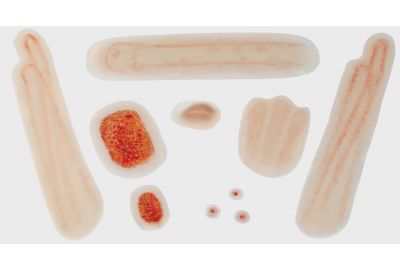 Pediatric Physical Abuse Wound Kit (WK140)WK140Learn More
Pediatric Physical Abuse Wound Kit (WK140)WK140Learn MoreThe Pediatric Physical Abuse Wound Kit allows participants to practice identifying and evaluating signs of suspected neglect or child abuse. These wounds are lifelike and can be used on many Gaumard® pediatric simulators to add realism to trauma scenarios. This wound kit can help participants develop and hone the clinical skills needed to provide effective care for pediatric trauma patients.
-
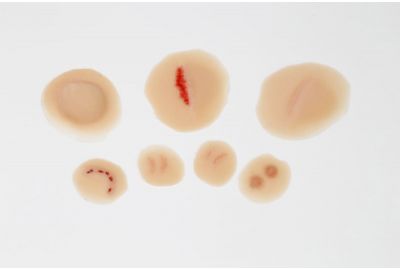 Newborn Incident Wound Kit (WK150)WK150Learn More
Newborn Incident Wound Kit (WK150)WK150Learn MoreThe Newborn Incident Wound Kit simulates common newborn injuries, including bites, stings, scratches, and bumps. This wound kit can be used with many Gaumard newborn simulators to add realism to trauma scenarios. Participants can practice proper wound care and management skills to ensure safe and effective neonatal patient care.
